'Seditious Six' Democrats Freak Out Over FBI Investigation
Democrats are losing it after the Trump administration opened an investigation into six Democratic lawmakers following the posting of a Nov. 18 social-media video in which they advised U.S. service members that they are obligated to follow lawful, not illegal, orders under the Uniform Code of Military Justice.
The video - featuring lawmakers with national security backgrounds - reflected a familiar line of Democratic criticism of President Donald Trump during his term: questioning the president’s adherence to constitutional constraints and norms of military authority.
We want to speak directly to members of the Military and the Intelligence Community.
— Sen. Elissa Slotkin (@SenatorSlotkin) November 18, 2025
The American people need you to stand up for our laws and our Constitution.
Don’t give up the ship. pic.twitter.com/N8lW0EpQ7r
On Monday, Defense Secretary Pete Hegseth said he may take disciplinary action against Sen. Mark Kelly (D-AZ), who participated in the video and served as a U.S. Navy captain and astronaut before entering public office. Hegseth directed Navy Secretary John Phelan to review Kelly’s remarks and provide guidance by Dec. 10.
The video made by the “Seditious Six” was despicable, reckless, and false. Encouraging our warriors to ignore the orders of their Commanders undermines every aspect of “good order and discipline.” Their foolish screed sows doubt and confusion — which only puts our warriors in danger.
Five of the six individuals in that video do not fall under @DeptofWar jurisdiction (one is CIA and four are former military but not “retired”, so they are no longer subject to UCMJ). However, Mark Kelly (retired Navy Commander) is still subject to UCMJ—and he knows that. -Pete Hegseth
The following day, all six lawmakers said the FBI had asked to interview them. In addition to Kelly, the Democrats are: Reps. Jason Crow of Colorado, a former Army officer; Chrissy Houlahan of Pennsylvania, a former Air Force captain; Chris Deluzio of Pennsylvania, a former Navy lieutenant who served in Iraq; Maggie Goodlander of New Hampshire, a Navy reserve veteran; and Sen. Elissa Slotkin of Michigan, who previously worked at the CIA. Slotkin said the outreach came from the FBI’s counterterrorism division, Punchbowl News reports.
“No amount of intimidation or harassment will ever stop us from doing our jobs and honoring our Constitution,” the four House members said in a joint statement. The FBI declined to comment on the agency’s inquiry.
While Kelly remains subject to court-martial as a retired naval officer, pursuing charges against a sitting senator for public remarks would have little historical precedent. The matter could ultimately require judicial interpretation.
The case raises constitutional questions, particularly under Article I, which affords lawmakers certain protections for statements made in the course of legislative - or in some interpretations, public - duties. Legal scholars note that this dynamic may force the courts to balance military conduct statutes with congressional speech protections.
GOP Reaction and DivisionsWith Congress out of session for Thanksgiving, Republican lawmakers have been slow to offer comment, though two GOP senators voiced immediate concern about the inquiry.
Sen. John Curtis (R-UT) said he respects Kelly personally, while Sen. Lisa Murkowski (R-AK) said that “to accuse him and other lawmakers of treason and sedition for rightfully pointing out that servicemembers can refuse illegal orders is reckless and flat-out wrong.”
On Truth Social, Mr. Trump reacted sharply to the video, accusing the Democratic lawmakers of “SEDITIOUS BEHAVIOR, punishable by DEATH!” He also amplified a user repost calling for their hanging.
The controversy emerges at a time when both Hegseth and FBI Director Kash Patel face heightened internal scrutiny. Hegseth’s authority has been unusually overshadowed by Army Secretary Dan Driscoll, a Yale Law acquaintance of Vice President JD Vance. Driscoll has been tasked with exploring diplomatic channels in Ukraine amid ongoing hostilities with Russia.
Patel, meanwhile, has drawn criticism for deploying local FBI tactical resources for personal security purposes involving his girlfriend. MSNOW reported that Patel’s tenure atop the FBI “may be numbered,” however the Trump administration pushed back, with Press Secretary Karoline Leavitt posting on X: "This story is completely made up. In fact, when this Fake News published, I was in the Oval Office, where President Trump was meeting with his law enforcement team, including FBI Director Kash Patel."
Trump later said that Patel is "doing a great job."
Politically, Hegseth’s posture may inadvertently bolster Kelly, who is considered by some Democrats as a potential 2028 presidential contender. But the public exposure has carried risk for the Democrats involved: several have reported an escalation in threats. Slotkin now receives security protection from Capitol Police.
Tyler Durden Wed, 11/26/2025 - 15:25
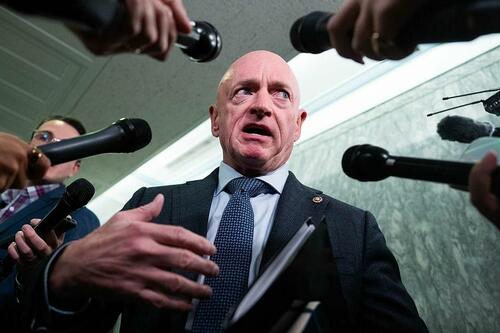
 New York Gov. Kathy Hochul's former aide, Linda Sun (R), and her husband, Christopher Hu, leave federal court after their arraignment in New York City on Sept. 3, 2024. Corey Sipkin/AP Photo
New York Gov. Kathy Hochul's former aide, Linda Sun (R), and her husband, Christopher Hu, leave federal court after their arraignment in New York City on Sept. 3, 2024. Corey Sipkin/AP Photo

 Illustration by The Epoch Times, Getty Images, Madalina Vasiliu/The Epoch Times
Illustration by The Epoch Times, Getty Images, Madalina Vasiliu/The Epoch Times The U.S. Court of International Trade in New York City on May 29, 2025. The court ruled that the 1977 International Emergency Economic Powers Act did not give President Donald Trump power to impose “unlimited” tariffs. Spencer Platt/Getty Images
The U.S. Court of International Trade in New York City on May 29, 2025. The court ruled that the 1977 International Emergency Economic Powers Act did not give President Donald Trump power to impose “unlimited” tariffs. Spencer Platt/Getty Images National Guard members patrol the National Mall in Washington on Aug. 27, 2025. On Nov. 20, Judge Jia Cobb of the U.S. District Court for the District of Columbia ordered the president to end the troop deployment, ruling that he may deploy troops for only a specific situation, not “whatever reason” he chooses. She then stayed her order to give the government time to appeal. Madalina Kilroy/The Epoch Times
National Guard members patrol the National Mall in Washington on Aug. 27, 2025. On Nov. 20, Judge Jia Cobb of the U.S. District Court for the District of Columbia ordered the president to end the troop deployment, ruling that he may deploy troops for only a specific situation, not “whatever reason” he chooses. She then stayed her order to give the government time to appeal. Madalina Kilroy/The Epoch Times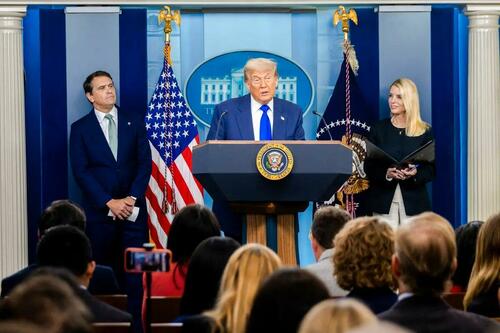 President Donald Trump speaks during a news conference in the James S. Brady Briefing Room at the White House on June 27, 2025. Mehmet Eser/Middle East Images/AFP via Getty Images
President Donald Trump speaks during a news conference in the James S. Brady Briefing Room at the White House on June 27, 2025. Mehmet Eser/Middle East Images/AFP via Getty Images
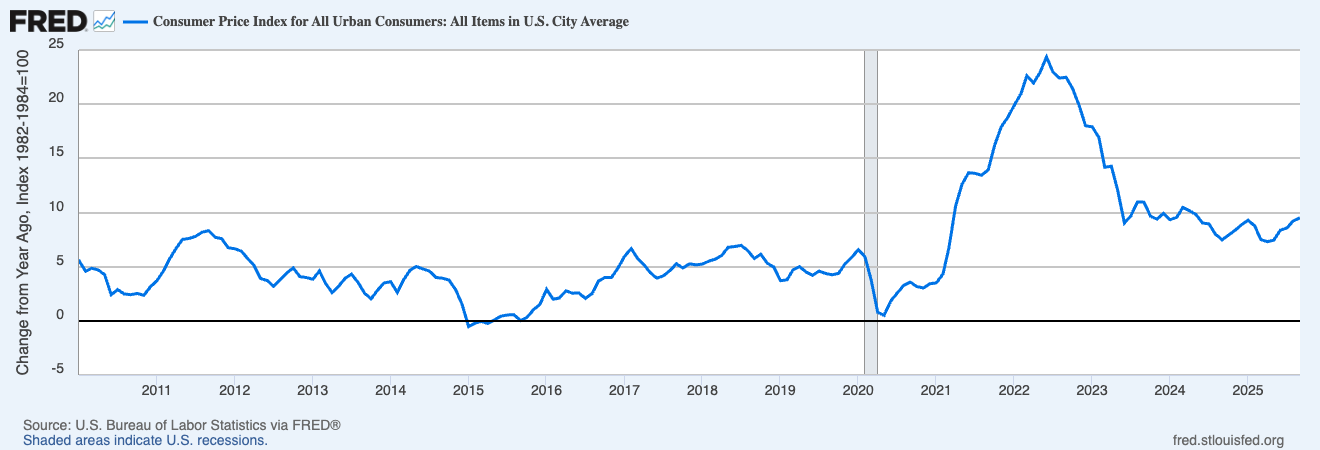

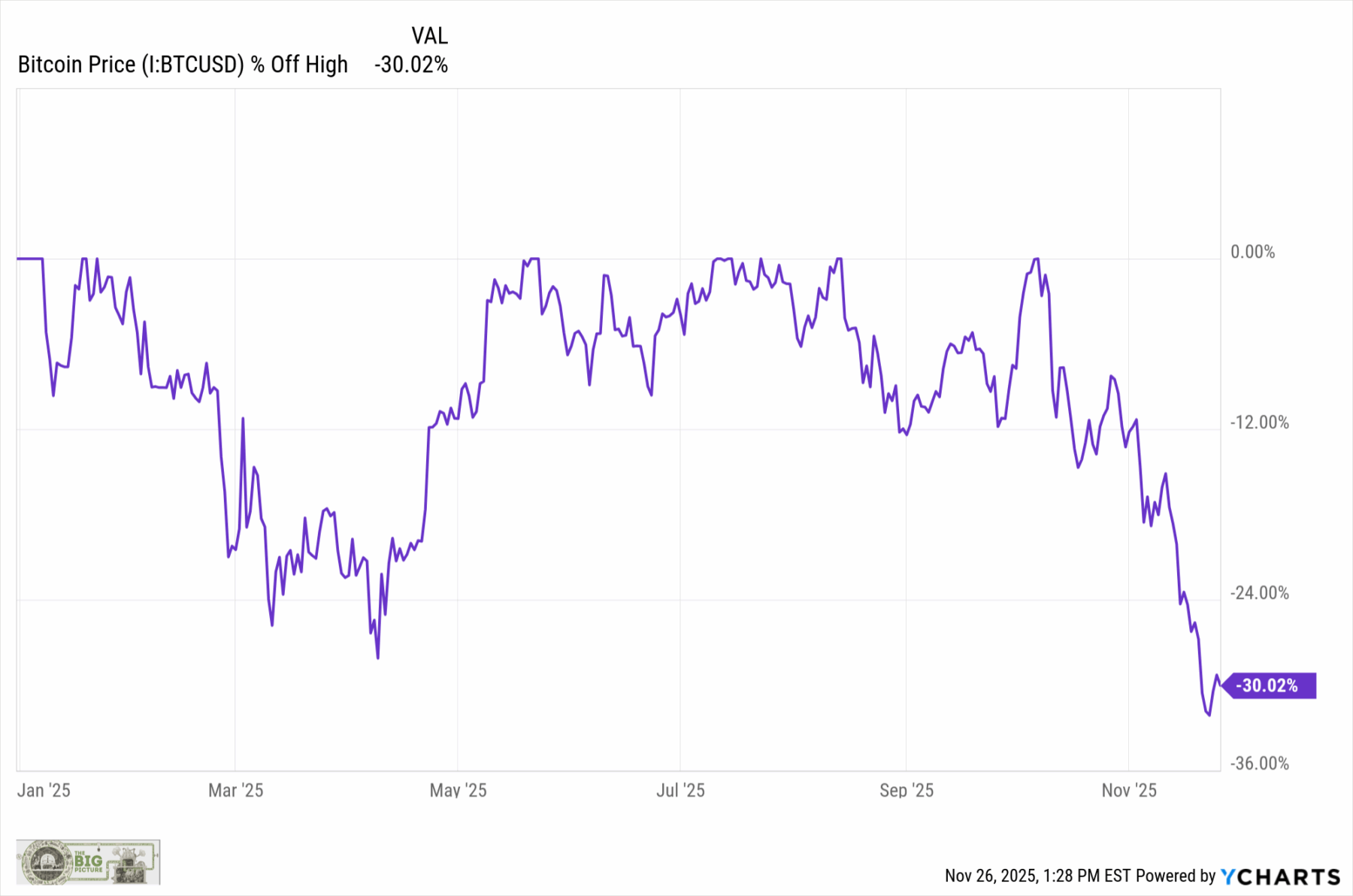
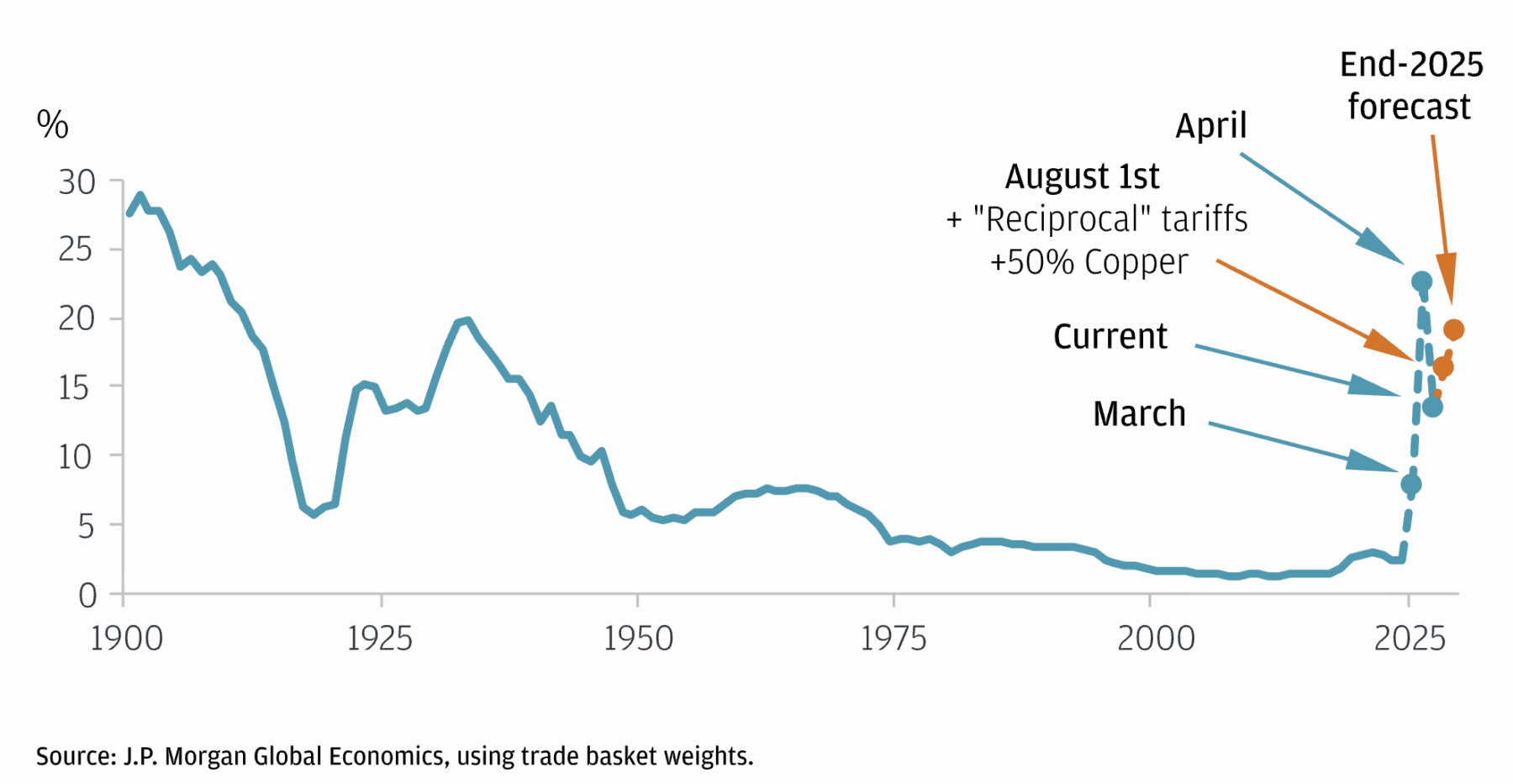
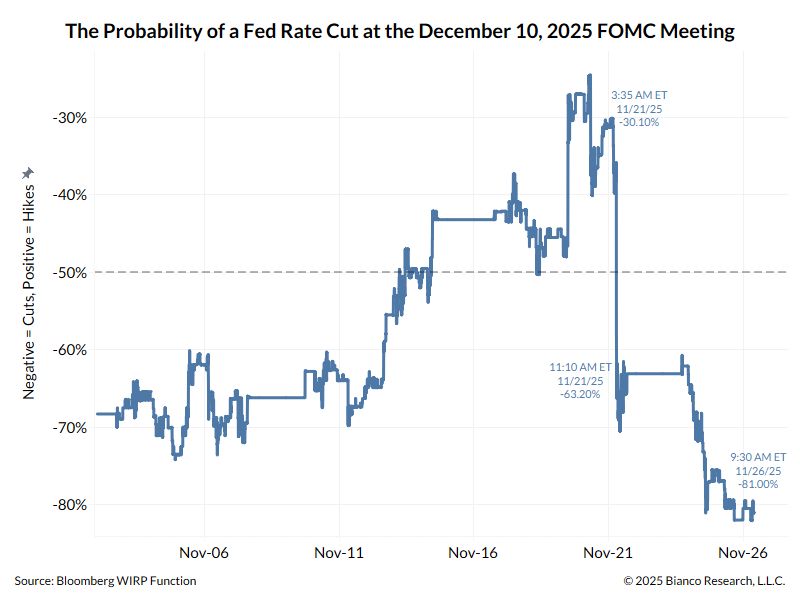
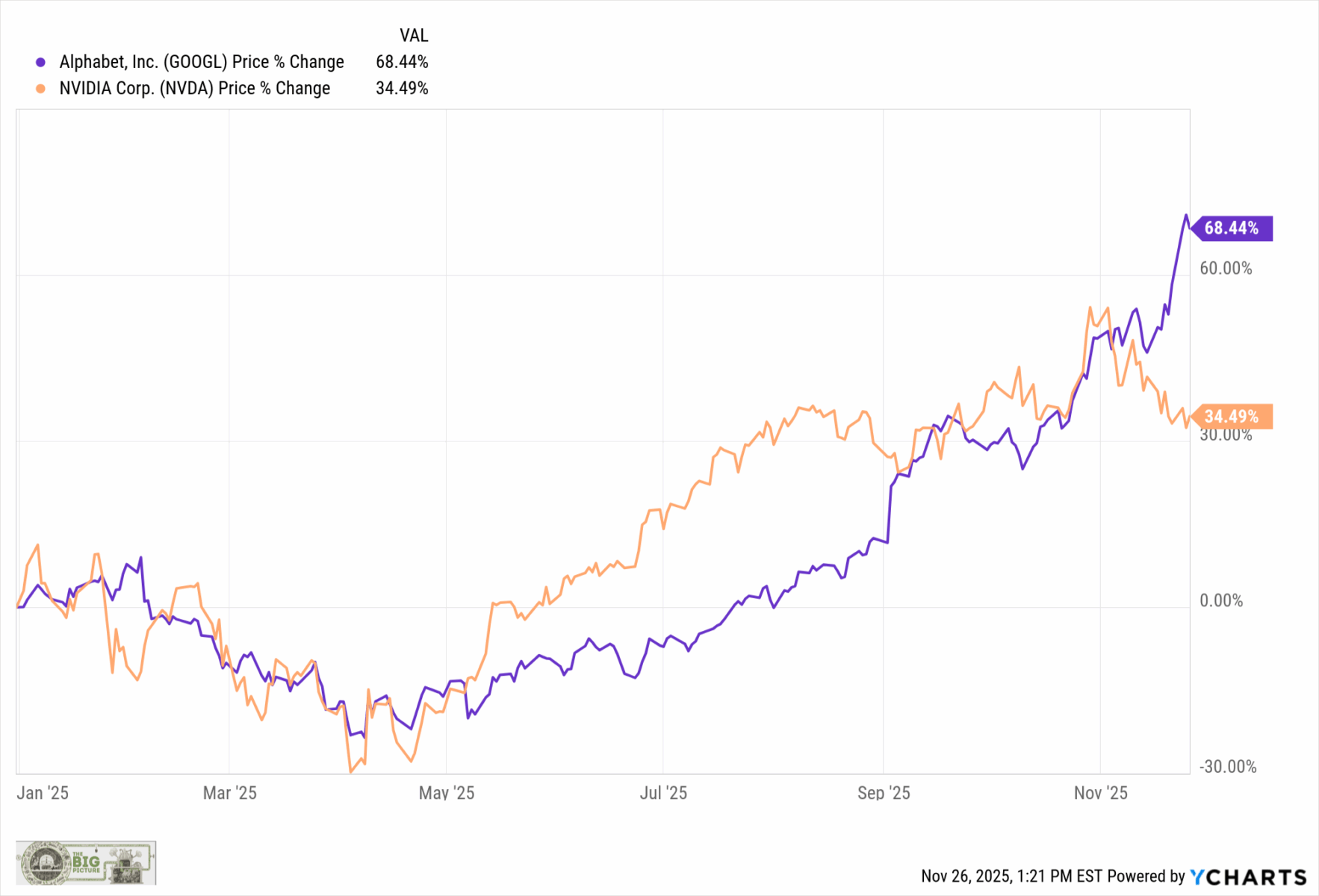


 Image source: Levant24
Image source: Levant24
 Sam Altman and Lachy Groom, attend the annual Allen & Company Sun Valley Conference in 2018 in Idaho. Getty Images
Sam Altman and Lachy Groom, attend the annual Allen & Company Sun Valley Conference in 2018 in Idaho. Getty Images Sam Altman and Lachy Groom pose together in a social media image from 2014. Lachy Groom/Facebook
Sam Altman and Lachy Groom pose together in a social media image from 2014. Lachy Groom/Facebook Getty Images
Getty Images







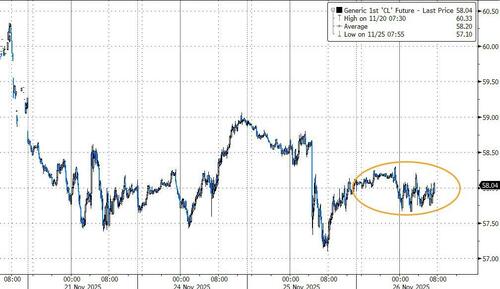

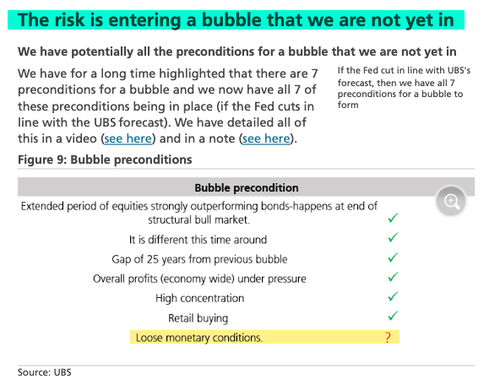

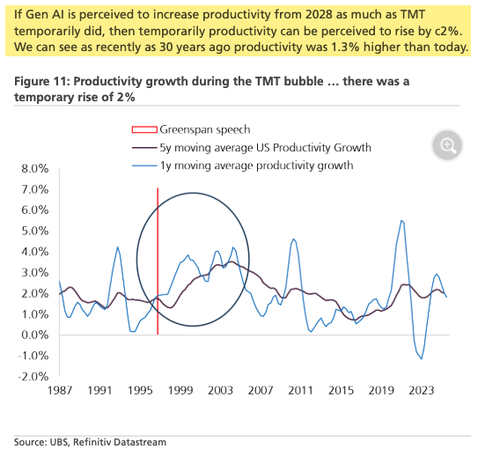
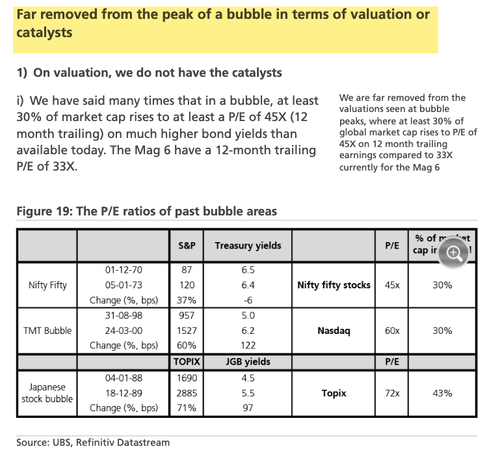
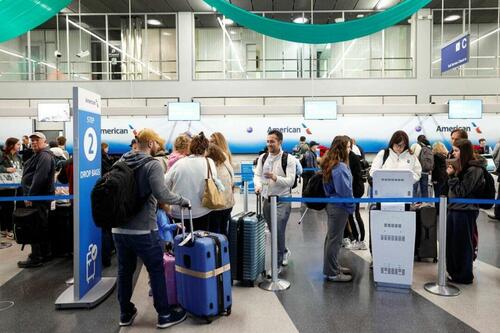 Travelers check in at O'Hare International Airport in Chicago on Nov. 25, 2025. Kamil Krzaczynski/AFP via Getty Images
Travelers check in at O'Hare International Airport in Chicago on Nov. 25, 2025. Kamil Krzaczynski/AFP via Getty Images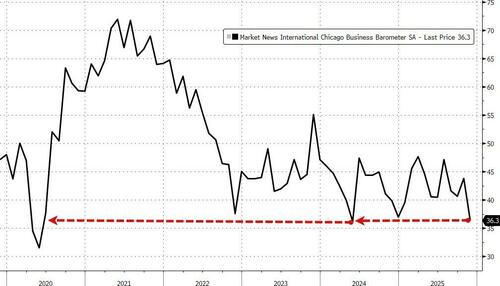
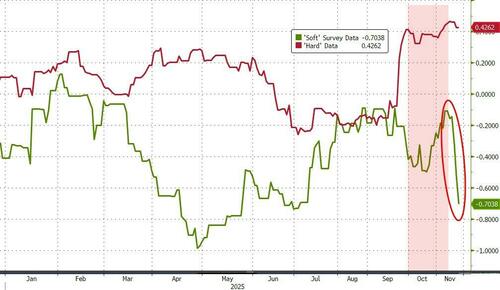
Recent comments